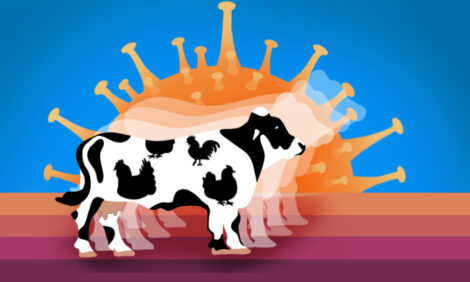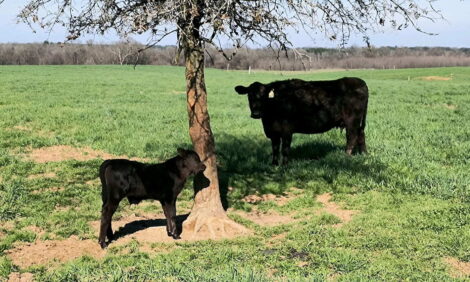



Ambitious Plans for Kyrgyzstan Dairy Sector
KYRGYZSTAN – Subsistence farming and bartering characterise a region of the world that is hoped to become internationally recognised for its dairy produce.Since breaking Soviet ties in 1991, Kyrgyzstan has seen a degree of contraction in the dairy sector.
Many of the vast, indoor, intensive dairies have been broken up and replaced with back-yard operations.
However, this could be set to change if a major development scheme takes hold.
A “holistic and comprehensive” initiative has been announced to address the key challenges besetting the country’s dairy farmers. The Dairy Sector Development Programme, supported by the World Bank Group, wants to make dairy produce Kyrgyzstan’s main export item and world renowned.
According to the World Bank Group, farming employs a third of the population and accounts for 13 per cent of the country’s exports – one fifth of gross domestic product.
This means dairy is “vital” and efforts are in place to become a leading milk producer in the region.
Starting with a pilot project in the north eastern district of Issyk Kul, a team of organisations will look to roll out an “entire supply chain” strategy to build up what is currently a largely house-cow dominated industry.
Assistance is being drawn from the Austrian Federal Ministry of Finance, the UK’s Department for International Development and the governments of Japan and Switzerland.
Animal health has been flagged as a priority, with vaccinations and improvements to veterinary and laboratory facilities given explicit mention in World Bank Group communications. This will take place alongside the expansion of processing capacity at farm, collection dairy and processor level. A World Food and Agriculture (FAO) report from 2006 said most agricultural produce is traded via bartering, although some dairy, vegetables, meat and fruit are sold through cash marketing.
The report said Kyrgyzstan dairy production lost the specialist technical staff employed on the old farm collectives.
Dairy cows are around 85 per cent Ala Tau, the report added, a local breed infused with Swiss Brown or Jersey genetics from imported stock dating back to the 1930s.
Mai Nguyen, programme manager at the IFC/World Bank Group, said the Issyk Kul pilot if a “major opportunity” for those in the area.
But he added that the sector is “ridden with challenges”.
“By coordinating stakeholder efforts to address the sector’s shortcomings, the program will strengthen this crucial agribusiness supply chain and improve the livelihoods of thousands of people,” said Mr NNguyen. “This programme, however, is only the beginning. We intend to help the government replicate the approach across the country.”
Michael Priestley
News Team - Editor
Mainly production and market stories on ruminants sector. Works closely with sustainability consultants at FAI Farms



